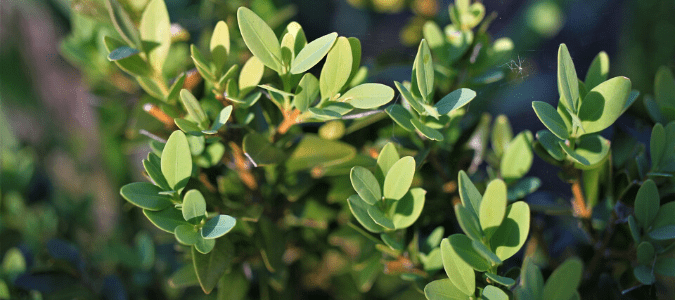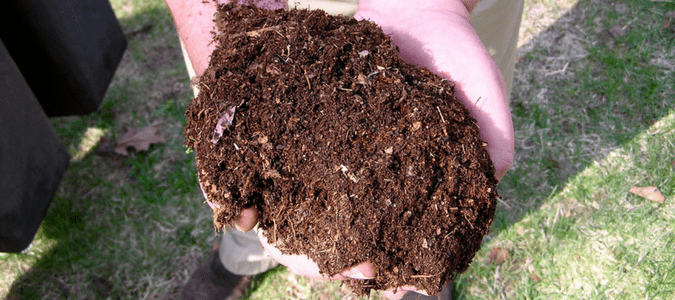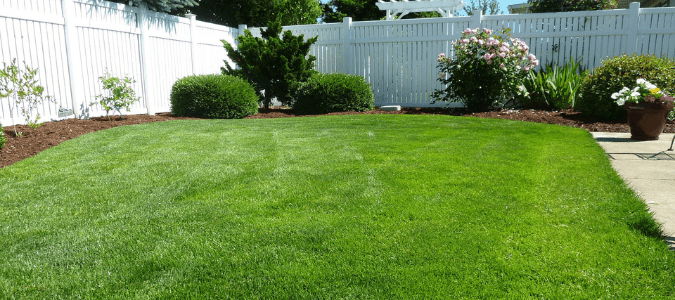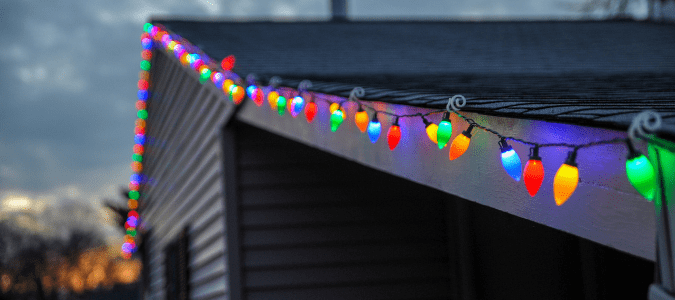Texas Evergreen Shrubs: Which Are Best?

Homeowners often choose to add bushes to their front yards to add height and texture, enhance security and improve the aesthetic appeal of a landscape. If you are considering making this investment and you live in the Lone Star State, you probably want to learn more about Texas evergreen shrubs, particularly since you want to make sure your new plants survive in our hot and dry climate. Usually, your best bet is to consult with a landscaping professional to recommend which species would work best in your yard, given not only our climate, but also your soil type, sun exposure and watering preferences. If you’d prefer to go the DIY route, however, we have a few suggestions for you.
Yaupon Holly
Whether you’re looking for an evergreen hedge or a topiary plant, yaupon holly is a popular choice in residential areas, and for good reason. This evergreen shrub is easy to trim … Read Full Post »








